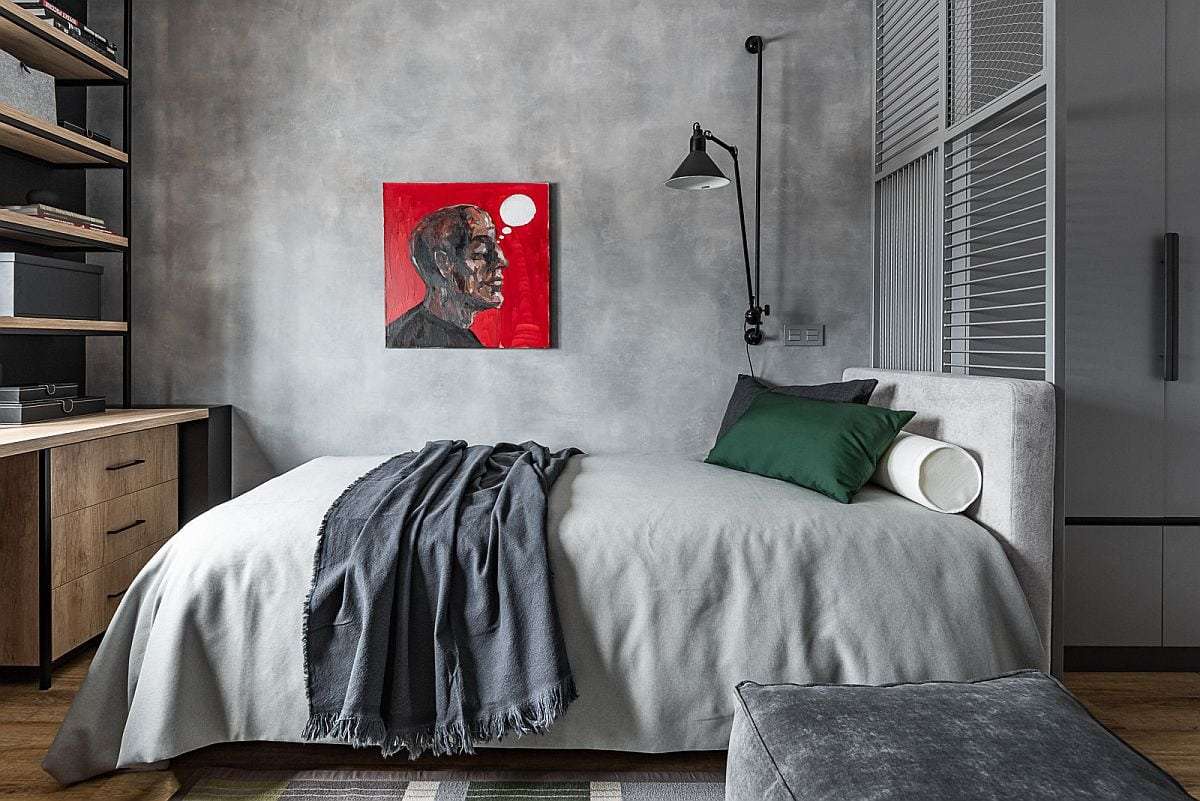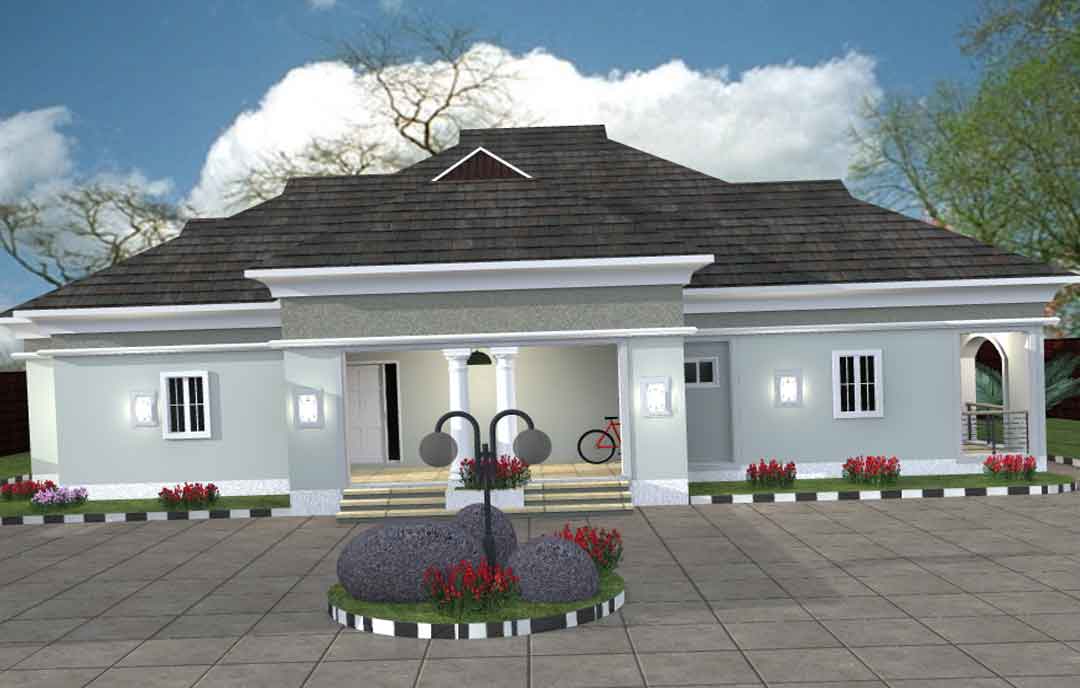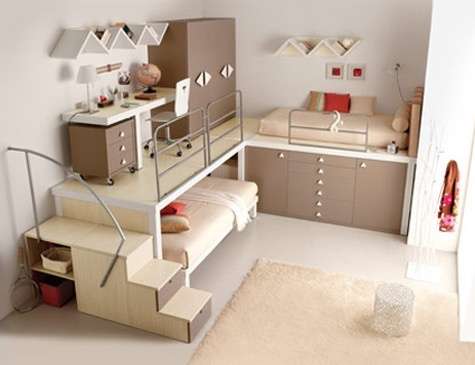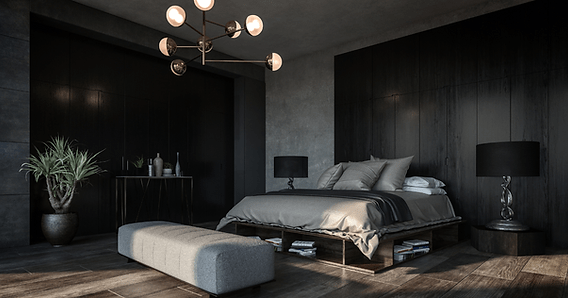Green texture paint designs for bedroom can transform your personal sanctuary into a tranquil and inviting space. The application of textured paint adds depth and visual interest that a flat color simply cannot achieve. Imagine walls that mimic the gentle ripples of water‚ the rough bark of a forest tree‚ or the smooth‚ undulating dunes of a desert landscape; all within the confines of your bedroom. Utilizing a green texture paint design allows you to create a unique and personalized ambiance‚ fostering relaxation and promoting restful sleep. With the right technique and shade of green‚ you can curate a bedroom that is both stylish and soothing.
Exploring the World of Green Texture Paint
Green‚ a color often associated with nature‚ growth‚ and tranquility‚ offers a wide spectrum of shades suitable for bedroom design. From the vibrant hues of emerald and lime to the subtle tones of sage and olive‚ there’s a green to complement any style and preference. Texture‚ on the other hand‚ introduces a tactile dimension to your walls‚ creating a dynamic interplay of light and shadow.
Types of Green Texture Paint Techniques
- Rag Rolling: This technique involves applying paint with a rolled-up rag‚ creating a soft‚ mottled effect.
- Sponging: Using a sponge to dab paint onto the wall results in a textured surface with varying depths of color.
- Stippling: Stippling uses a brush or sponge to create small‚ dotted patterns‚ adding subtle texture and visual interest.
- Combing: Dragging a comb-like tool through wet paint creates linear patterns and a unique textural effect.
- Troweling: Applying plaster or texture compound with a trowel allows for sculpting and creating custom‚ three-dimensional designs.
Choosing the Right Green Shade and Texture
Selecting the perfect green shade and texture for your bedroom depends on several factors‚ including the size of the room‚ the amount of natural light‚ and your personal style. Lighter greens tend to make rooms feel more spacious and airy‚ while darker greens can create a cozy and intimate atmosphere. Similarly‚ bolder textures can add drama and visual impact‚ while subtle textures offer a more understated elegance.
Consider the existing furniture and décor in your bedroom when choosing a green texture paint design. Opt for shades and textures that complement the overall aesthetic and create a cohesive look. A good way to test a green texture paint color is to paint a large sample board and view it in your bedroom at different times of the day to see how the color and texture appear under various lighting conditions.
Benefits of Green Texture Paint in the Bedroom
- Adds Visual Interest: Texture paint adds depth and dimension to walls‚ making them more visually appealing.
- Hides Imperfections: Textured surfaces can help conceal minor flaws and imperfections in the walls.
- Creates a Unique Ambiance: Different textures can evoke different moods and create a personalized atmosphere.
- Increases Sound Absorption: Certain textures can help absorb sound‚ making the room quieter and more relaxing.
- Enhances Aesthetic Appeal: Green paint is naturally calming and can bring a sense of peace to your personal space.
Comparative Table of Green Paint Options
| Type of Green Paint | Pros | Cons | Best for |
|---|---|---|---|
| Matte Green | Hides imperfections‚ low sheen | Can be harder to clean | Bedrooms with low traffic |
| Eggshell Green | Easy to clean‚ subtle sheen | Shows imperfections more easily | Most bedrooms‚ versatile |
| Satin Green | Durable‚ easy to clean‚ moderate sheen | Can be too shiny for some | Bedrooms with higher traffic or moisture |
| Semi-Gloss Green | Very durable‚ very easy to clean‚ high sheen | Shows imperfections‚ can be overwhelming | Trim and doors |
Ultimately‚ selecting the ideal **green texture paint designs for bedroom** comes down to personal preference and the overall aesthetic you wish to achieve. Consider the tips and techniques outlined above to create a serene and stylish sanctuary that reflects your unique taste. Remember that the best results come from careful planning and thoughtful execution.
Once you’ve chosen your green hue and texture technique‚ proper preparation is key to achieving a professional-looking finish. Start by thoroughly cleaning the walls to remove any dirt‚ dust‚ or grease. Repair any holes or cracks with spackle and sand smooth. Apply a primer to ensure proper adhesion and even color distribution. This step is particularly important when working with textured paints‚ as it helps to create a uniform surface for the texture to adhere to.
STEP-BY-STEP APPLICATION GUIDE
The application process will vary depending on the specific texture paint and technique you’ve selected. Always refer to the manufacturer’s instructions for detailed guidance. However‚ here are some general steps to follow:
– Protect your space: Cover furniture and flooring with drop cloths to prevent paint splatters. Use painter’s tape to mask off trim‚ windows‚ and other areas you don’t want to paint.
– Prepare your tools: Gather all the necessary tools and materials‚ including paint‚ brushes‚ rollers‚ sponges‚ rags‚ texture combs‚ and a paint tray.
– Apply the base coat (if necessary): Some texture paint techniques require a base coat of paint in a complementary color. Allow the base coat to dry completely before proceeding.
– Apply the texture paint: Follow the specific instructions for your chosen technique. Work in small sections and maintain a consistent application.
– Create the texture: Use your chosen tools and techniques to create the desired texture effect. Experiment on a small‚ inconspicuous area first to practice and refine your technique.
– Allow to dry: Let the texture paint dry completely according to the manufacturer’s instructions. Drying times may vary depending on the type of paint and the ambient humidity.
– Apply a top coat (optional): A top coat of paint or sealant can add extra protection and durability to the textured surface.
LIGHTING AND GREEN TEXTURE
Lighting plays a crucial role in how green texture paint appears in your bedroom. Natural light will enhance the color and texture‚ while artificial light can create different effects depending on the type of bulb and the angle of the light source. Experiment with different lighting options to see how they affect the overall look and feel of the room.
Consider using dimmer switches to adjust the lighting levels and create different moods. Warmer light bulbs can enhance the cozy and inviting feel of a green bedroom‚ while cooler light bulbs can create a more modern and refreshing atmosphere. Strategically placed lamps and sconces can highlight the textured walls and create interesting shadows.
MAINTAINING YOUR GREEN TEXTURED WALLS
Maintaining green textured walls is similar to maintaining traditionally painted walls‚ with a few key differences. Dust regularly with a soft cloth or brush to prevent buildup. For tougher stains‚ gently wipe the surface with a damp cloth and mild soap. Avoid using harsh chemicals or abrasive cleaners‚ as they can damage the texture. Depending on the texture and paint type‚ you may need to touch up the paint periodically to maintain its appearance. The final thought is that a simple design can do great things to create a fresh space with green texture paint.






